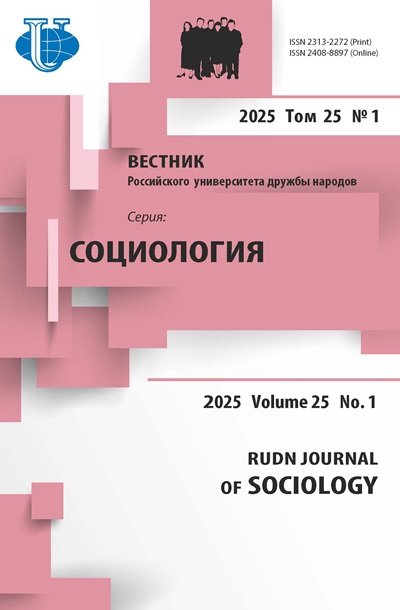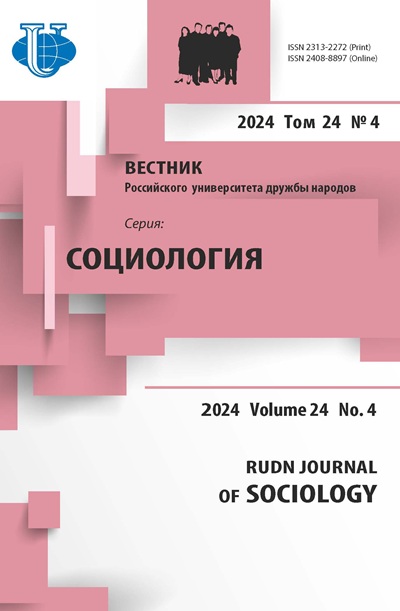Abstract
Forecasting human behavior is a difficult task due to the differences between declared and actual behavior. The article considers a decision vector model that can be used to approximate actual behavior with some formal rules that allow to construct algorithms for predicting future states. The authors tested the reliability of ex post facto predictions on the example of the unsuccessfully predicted 2013 Moscow mayoral elections. The study is based on the data from four major polling centers that monitored the pre-election situation and provided descriptions of voters’ intentions, which differed significantly and were far from the official results. Three decision vector models were derived to adjust the forecast by changing conversion rates for different answers. To find optimal coefficients for the respondent’s probability of coming to the polls, questions about turnout were used: the identical meaning of questions allowed to reduce their scales to one dimension - a dichotomy of “will go/won’t go to the polls”. The analysis showed that within the decision vector model, surveys conducted with different methods before the 2013 Moscow mayoral elections provided the same values of the probability of voter turnout, which coincide with the actual turnout with a high degree of accuracy. If the corresponding probability coefficients had been known in advance, it would have been possible to provide an accurate forecast of the turnout at the 2013 elections. But for this, we need to calculate the probability of turnout based on other parameters known before the elections. Nevertheless, attempts to integrate social-structural variables into models of mass behavior look promising, since they represent a transition from measuring behavioral intentions to measuring circumstances that shape behavior, and the decision vector model is a promising tool for such a transition.














